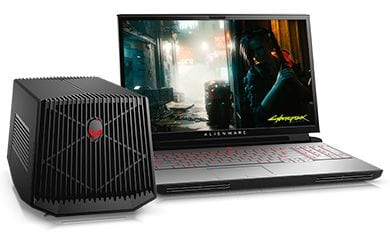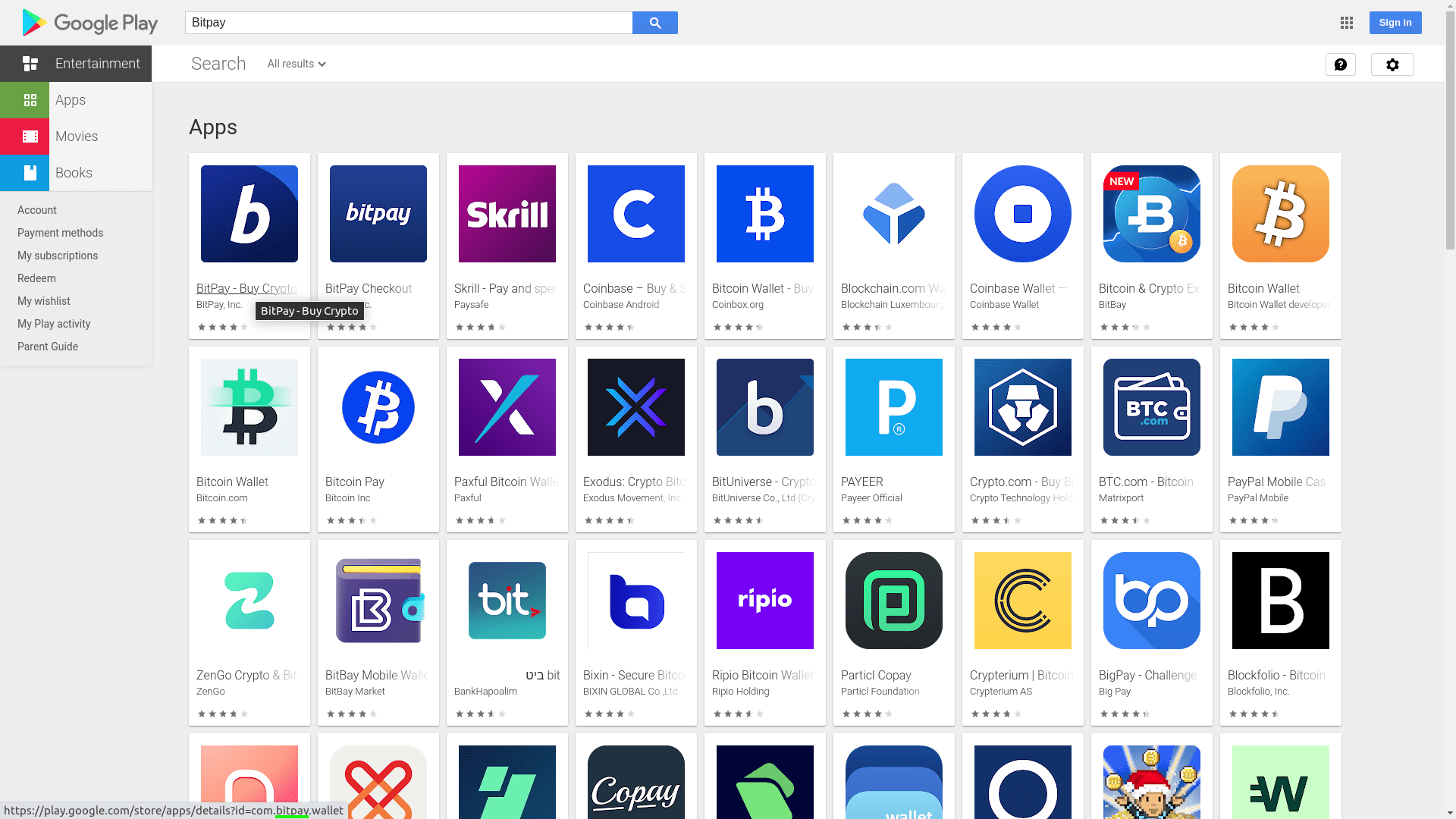Ethereum wallets are fairly simple to create and operate. However, they are radically different from banks and other custodial financial services. Banks rely on identification and debit cards to determine that you are the account owner. This is an identity-based authentication concept because it is largely hinged on identifying yourself to the bank — which has the ability to provide you or someone else with access to your account.
This has its flaws, such as the prevalence of identity theft and the fact that banks try to identify you with several pieces of information (many of which are known by friends, family, websites, and businesses). Ethereum doesn’t put control of your account in someone else’s hands — only you control it. An Ethereum account is called a wallet, and it closes off this loophole by requiring a private key — something you never need to give to anyone else.
That last detail is important because your private key won’t be on an online store’s server waiting to be stolen by hackers. That key exists only on your computer, phone, or hardware wallet — not online (unless you uploaded it to a server, which is inadvisable). If you lose your computer, phone or hardware wallet, then you will lose your coins. The simple solution that renders this a non-issue is to copy your private key (or recovery phrase, depending on the wallet app you use) to a $10 external drive you won’t share or use for anything else.
What Is An Ethereum Wallet?
An Ethereum wallet consists of a private key used to sign your outgoing transactions. This wallet has a public address (cryptographic code, which is a receiving address) that people can use to pay you. Bear in mind that this address can also be used to look up your transaction history. There are, however, privacy-related enhancements and add-ons for Ethereum to address this issue.
Ethereum Transactions
To pay someone with Ethereum, you send them ETH tokens. They don’t charge your wallet. You should also never give anyone your private key, as it provides full access to your funds. To receive ETH tokens in your wallet, provide the sender with your Ethereum wallet address. An Ethereum address is a long cryptographic code that starts with ‘0x‘. ETH can only be sent to an Ethereum wallet address.
Also, cash, dollars, or anything else that is not ETH or ERC** compatible cannot be sent to Ethereum wallets. You would have to trade the other currencies for ETH first. For example: You could trade someone GBP, USD, Bitcoin, NZD or AUD for ETH, then use the ETH to pay someone else (if they have an ETH address). Luckily, ETH addresses are easy to create — your Ethereum wallet app will generate one for you automatically. An Ethereum wallet is an app that provides an easy-to-use interface for wallet administration. The app itself isn’t the wallet. It simply uses your private key and pulls up your transaction history from the Ethereum blockchain.
ERC20 and ERC721 Tokens
ERC20 and ERC721 tokens are not ETH tokens, but they are sent to your ETH wallet address because they operate on the same network (Ethereum). ETH is a token, and Ethereum is a network that the ETH token is used on.
Fees
The Ethereum network charges fees (to pay volunteer miners that help sustain it) for transactions. These are called ‘gas fees’ and they simply refer to a small quantity of ETH that is automatically deducted from your wallet when you initiate a transaction. ETH may also be required to pay for dApps (decentralized apps) running on the Ethereum network.








